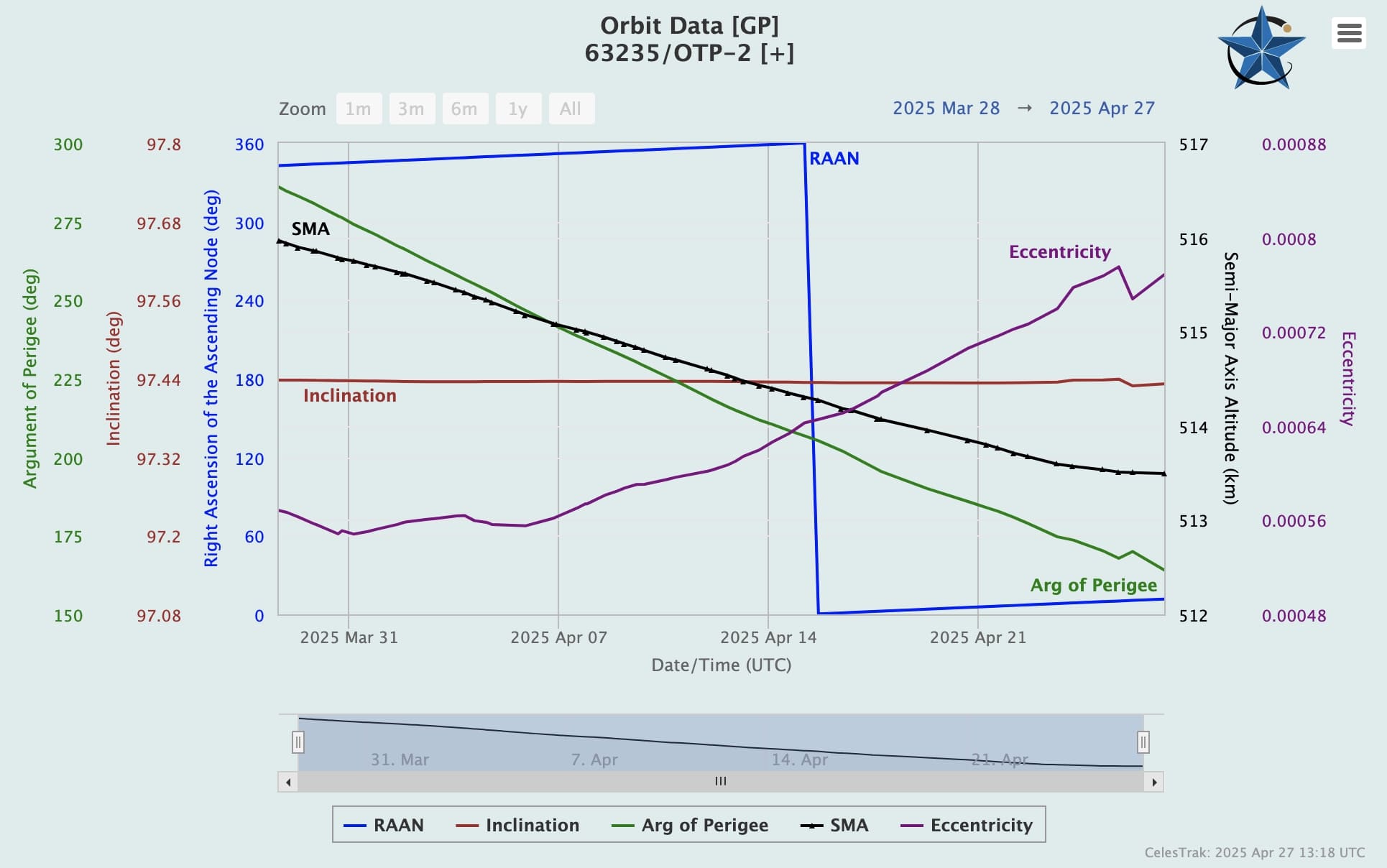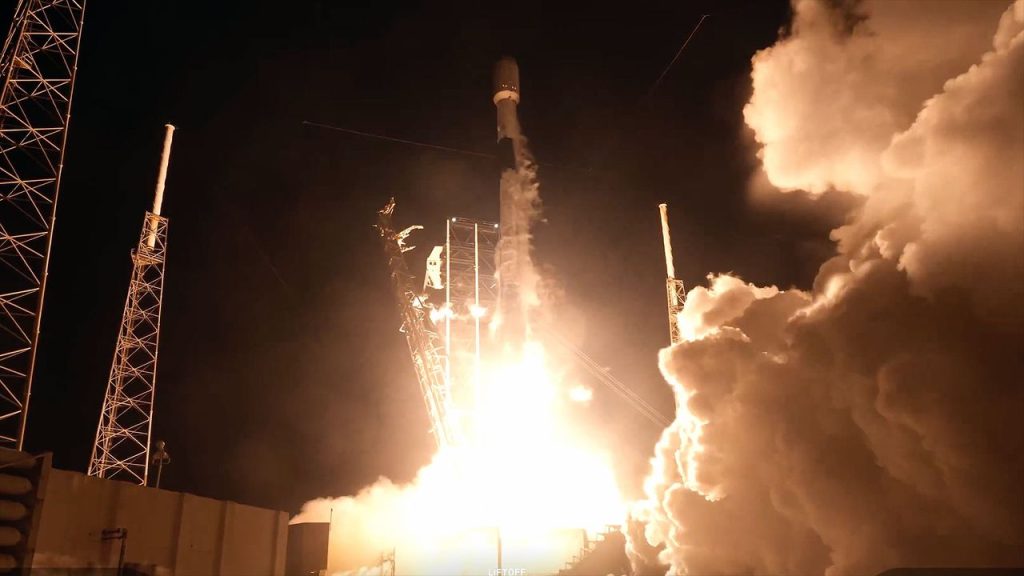Now Reading: OTP-2 Satellite Shows Slower Orbital Decline with Propellantless Drive
-
01
OTP-2 Satellite Shows Slower Orbital Decline with Propellantless Drive
OTP-2 Satellite Shows Slower Orbital Decline with Propellantless Drive

Rapid Summary:
- Rogue Space Systems’ OTP-2 satellite is equipped with IVO’s Quantum Drive,a propellantless electric propulsion system.
- The Quantum Drive operates on the Quantized Inertia (QI) theory proposed in 2007 by physicist Mike McCulloch, which suggests inertia coudl be explained by quantum and relativistic effects.
- OTP-2 aims too test data-processing software and validate propulsion technology. The mission seeks to demonstrate precise orbital adjustments – raising, lowering, and changing the orbit’s inclination.
- earlier satellite Barry-1 had communication issues unrelated to propulsion testing.
- A patent was granted for a capacitor used in wireless power transmission related to IVO’s CBAT technology,currently undergoing FCC safety certification tests.
- Quantized inertia challenges traditional concepts of inertia rooted in Newton’s First Law but offers potential applications like generating thrust from the vacuum of space.
- Developers aim for significant breakthroughs: proving QI-driven orbital maneuvering could potentially alter physics fundamentals.
Indian Opinion Analysis:
The work on propellantless propulsion via Quantum Drives carries global significance as it challenges long-held scientific principles while presenting possibilities for revolutionizing space exploration. For India, which is rapidly advancing its capabilities with cost-effective launch technologies (e.g., ISRO), exploring innovations like QI-based systems may bolster its already competitive edge in aerospace development.
Such advancements promise reduced dependency on traditional fuels and lower operating costs – key priorities for emerging space-faring nations like India navigating budget constraints.While skepticism remains around untested theories such as Quantized Inertia, the potential success of missions like OTP-2 can lead Indian researchers to broader collaboration or independent studies into breakthrough technologies.
If commercially validated, these systems may redefine industry norms while aligning with India’s goals under Space Policy 2023 – targeted at fostering private-sector innovation and sustainable practices within India’s growing space economy.



























